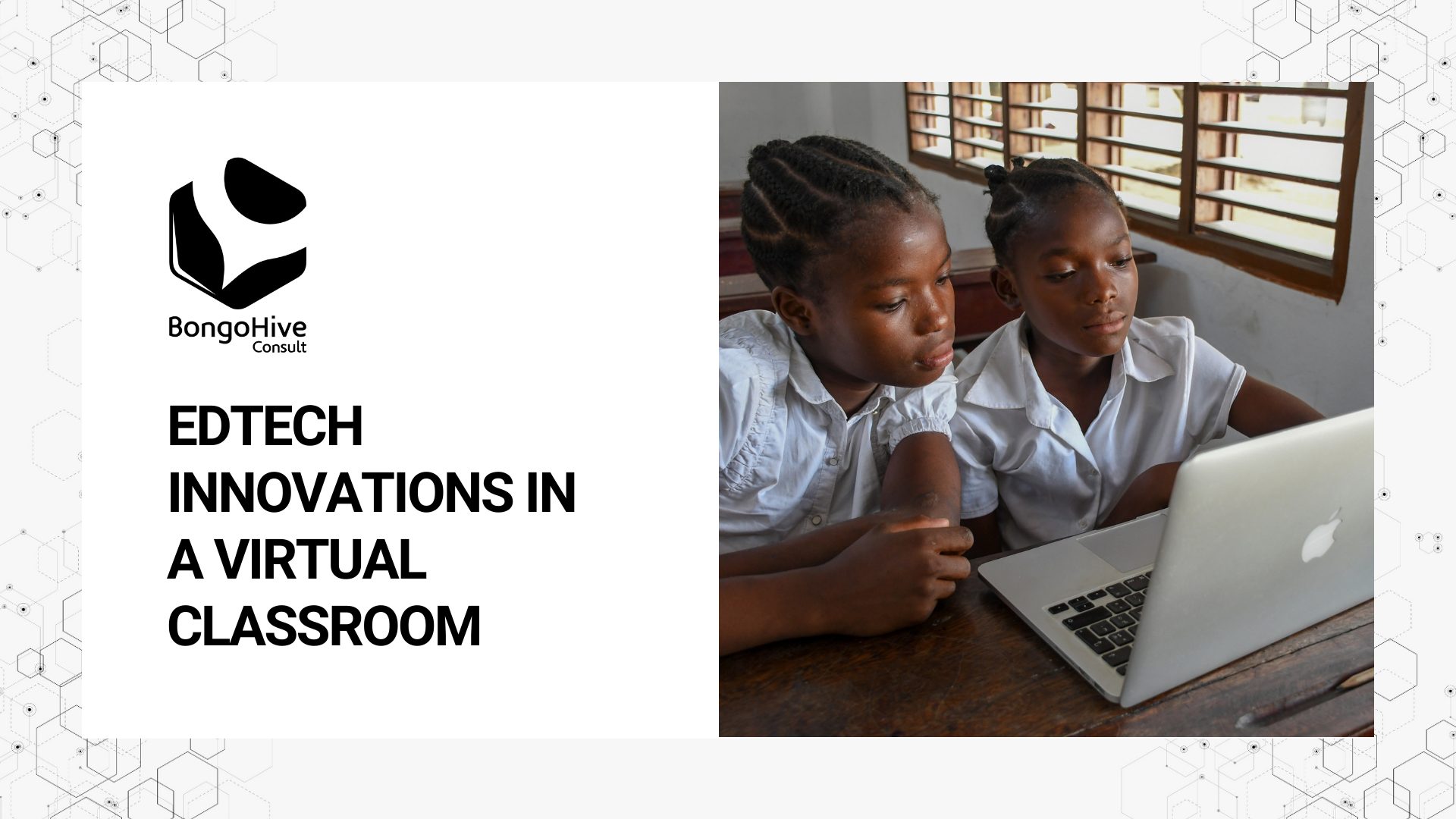
Teaching and learning have evolved in the past months to meet the new normal through virtual classrooms. Institutions of learning are embracing the value of using digital learning tools to engage their learners. In this age of social distancing and learning from home, educational technology (EdTech) has presented opportunities for innovators to explore new ways of solving challenges in education.
Despite the ease in lockdown restrictions which has seen the reopening of schools for physical classes, online learning is here to stay.
Here are some of the EdTech solutions disrupting education.
Student Collaboration tools
Collaborative learning involves students working together in small groups to examine concepts or find solutions. As the best learning happens when students are actively involved, collaboration helps learners develop social skills and they become eager to learn more.
Rhodespark School in Zambia uses G-Suite for Education to ensure collaboration among students and between students and teachers.
Data-driven insights
Valuable data-driven insights can help educational institutions and educators to be more effective and efficient. Insights on how students are engaging with online learning platforms can help educators make informed decisions about what tools are not working and how the delivery of information can be improved.
Extended Reality
Extended reality encompassing virtual, augmented and mixed reality brings immersive learning experiences to students. With extended reality, learners can experience hard to conceptualise topics. For example, students can take virtual field trips to visit famous scenes from history that they merely read about.
School Dashboards
School dashboards can reveal data-driven insights which are essential in decision making, The dashboards can also provide a way to track grades, upload tasks and create discussion groups to help facilitate online education.
Virtual Labs
Virtual labs allow students to conduct laboratory experiments without stepping into a physical science lab. Remote learners in STEM explore concepts and theories and experience real-world applications as if they were in a physical lab. Virtual labs also solve the challenges of limited lab time and low student engagement. Through virtual labs, students have enough time to practice and become confident with lab equipment. The more students repeat and engage in experiments, the more information they retain.
Educators can still attain quality learning and outcomes if the right technology is integrated into the virtual classroom.
We have been conducting EdTech Bootcamps and meetups which are aimed at building an ecosystem of individuals and businesses who are solving education challenges using technology.
Get in touch with us to explore some of these technologies that are transforming learning in a virtual classroom.
 BongoHive
BongoHive